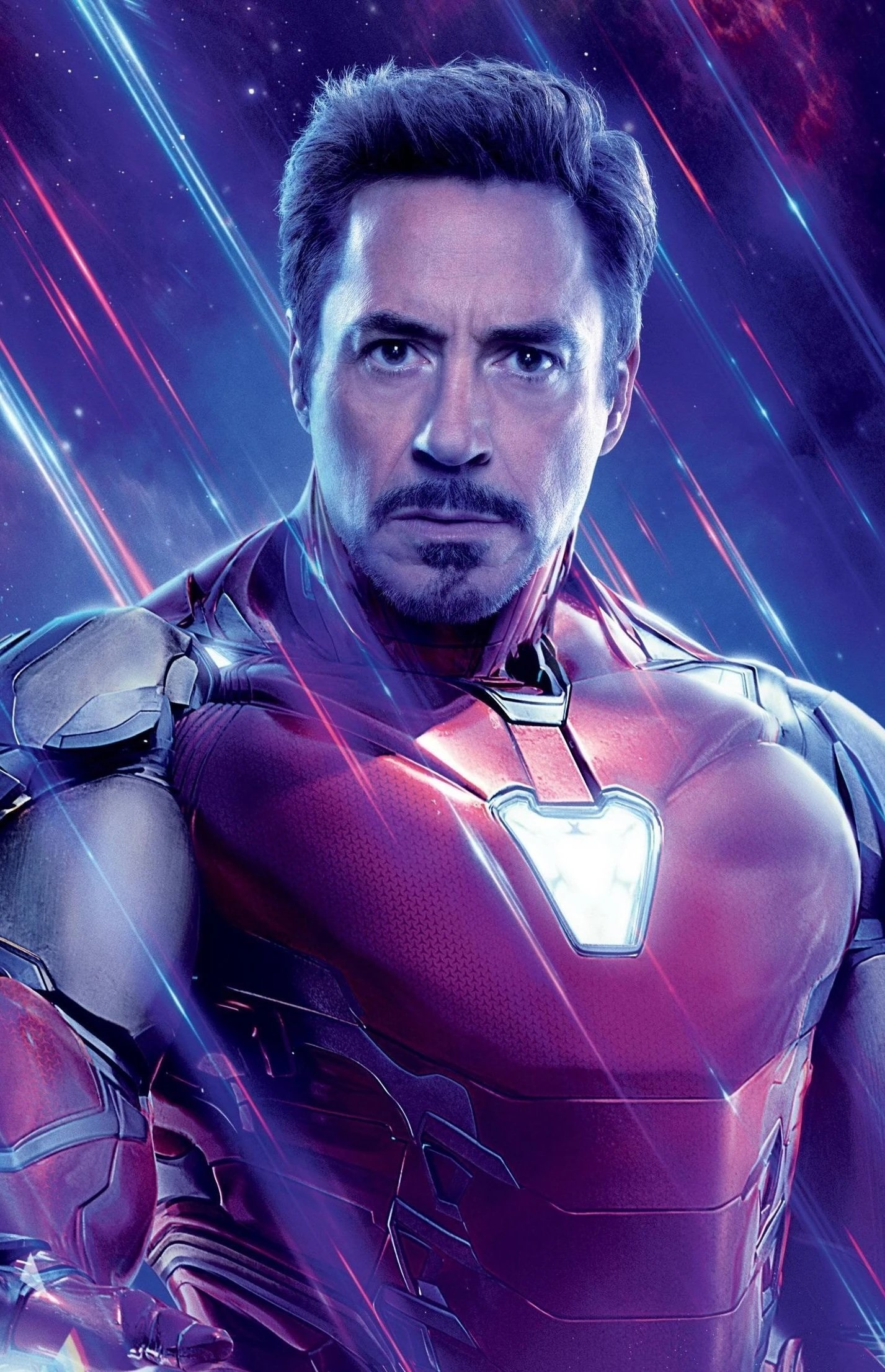Wearing Two Faces: Superheroes Who Straddle the Civilian Line
When we think of superheroes, we often picture capes, gadgets, and epic battles. But some of the most compelling characters are those who juggle two worlds—those who save the day in costume, then clock in as average Joes. This duality has been a cornerstone of comic storytelling since Superman first donned Clark Kent’s glasses. But who does it best? And more intriguingly, what does it cost them?
The Appeal (and Peril) of the Secret Identity
The pros are as classic as the genre itself: protecting loved ones, maintaining a sense of normalcy, and blending into society. But for many heroes, that double life becomes a pressure cooker. Imagine punching out God-tier villains one moment, only to be stuck in traffic on your way to your kid’s recital the next.
Characters like Peter Parker/Spider-Man embody this struggle. A part-time photographer with rent to pay and Aunt May’s health to worry about, Peter’s alter ego often makes his personal life worse. But therein lies the charm. The very thing that grounds him also elevates his relatability.
Who Does It Best?
Some characters just own the dual-life narrative. Bruce Wayne is a billionaire playboy by day, but every minute of his existence is dictated by his role as Batman. His civilian mask is the performance—Batman is the truth. Meanwhile, Matt Murdock (Daredevil) practices law with the same moral rigor he applies to rooftop justice. That’s a man who doesn’t take off the mask, he just changes tactics.
Clark Kent, in contrast, might be the best-known example, but his identity dance is more traditional. Unlike Bruce or Matt, Clark truly believes in his human persona. He’s not Superman pretending to be Kent—he’s Kent choosing to be Superman.
Secrets Behind the Secrets
Here’s the fun part. Did you know:
Tony Stark was one of the first major heroes to go public with his identity, ditching the double life altogether? A bold move in a world where most wear their masks like armor.
Black Panther’s T’Challa doesn’t hide who he is—he’s king and hero all at once. In fact, his civilian status enhances his authority as a superhero.
Green Lantern Hal Jordan used to pretend his ring made a “different” Green Lantern. Yes, he literally tried to convince people that Green Lantern was someone else wearing the same uniform… while he himself was flying around with the same jawline and haircut.
Then there’s the real kicker: Batman has contingency plans to take down the entire Justice League, in case they go rogue. That’s not a split personality—it’s strategic paranoia disguised as preparedness.
The Fallout of Living a Lie
Balancing both lives doesn’t always end well. Spider-Man’s loved ones have been kidnapped, maimed, and even killed because of secrets poorly kept. In Daredevil: Born Again, Matt’s identity is sold for the price of a drug hit. And don’t get us started on the emotional wreckage of keeping secrets from teammates (looking at you, Xavier).
So why do they keep the charade going?
Because these heroes aren’t just protecting lives—they’re protecting what it means to have a life. The day Peter Parker gives up being Peter, he’s no longer Spider-Man. He’s just another masked figure with no one waiting at home.
Conclusion: The Hero Behind the Mask
The tension between who these characters are and who they pretend to be is more than narrative flair—it’s the soul of the superhero genre. It reminds us that real strength isn’t just in lifting tanks or flying fast. It’s in navigating your taxes while saving the world. It’s in choosing to show up for dinner, even when the Bat-Signal is lit.
Because the truth is, anyone can wear a mask. But only a few can live behind it.





